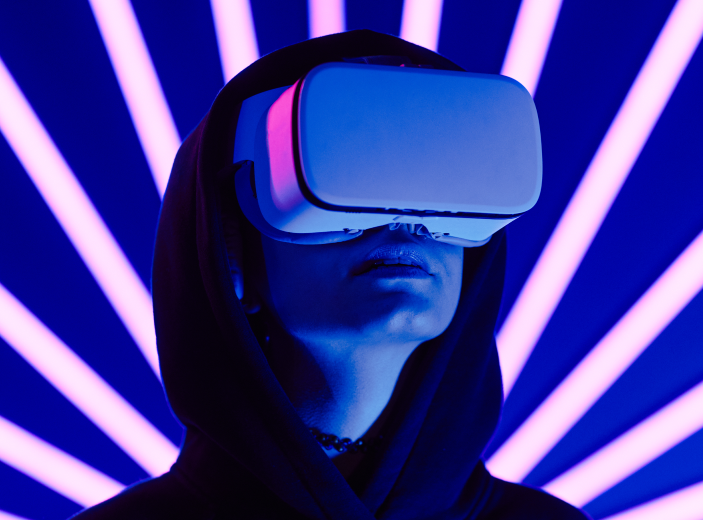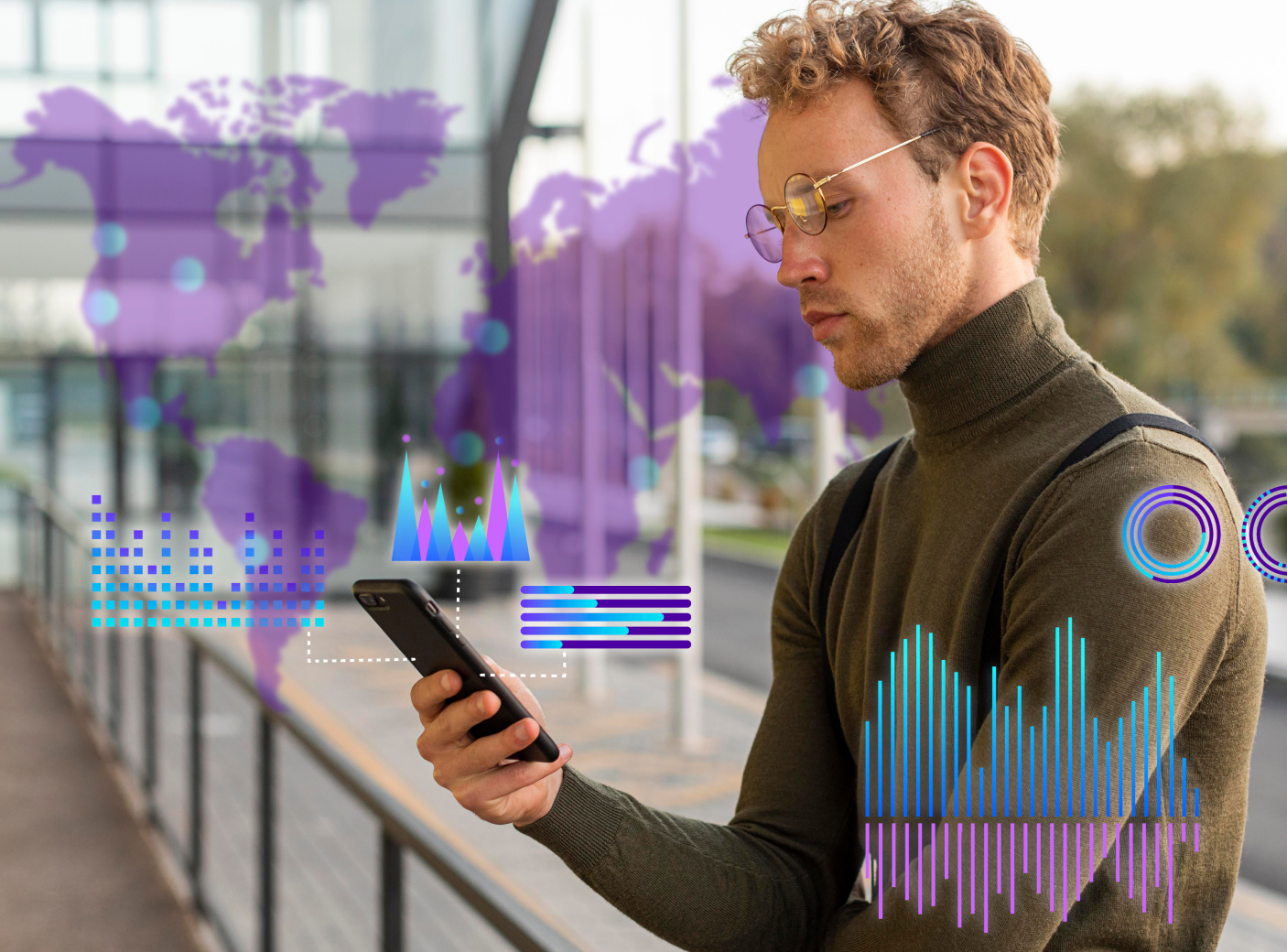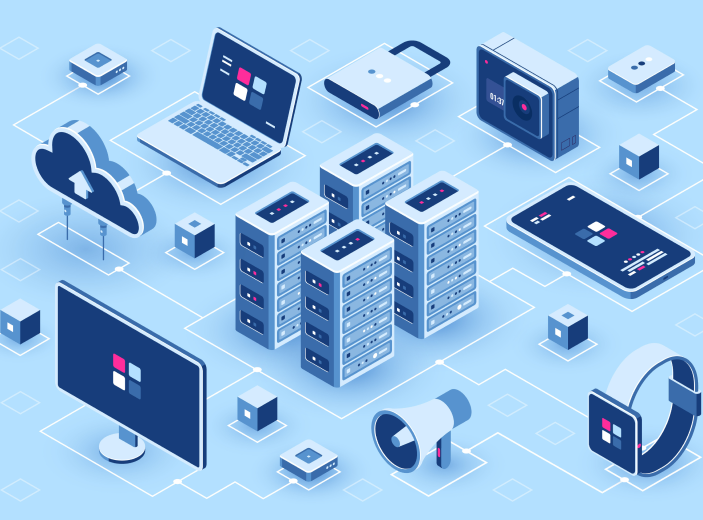The indirect effects are what make these technologies particularly transformative.
Flying cars and digital humans are getting closer every day to becoming something common. For those who grew up watching the animated series “The Jetsons,” it was impossible to think that this world could someday become a reality. It’s no longer a crazy idea, and it seems that these new disruptive technologies are less than 10 years away from becoming possible.
Those two examples of technological disruptions will probably change the world as we know it. In reality, there are at least seven, and you will now be able to explore them. Perhaps they will start as small disruptions, but technology has taught us that boundaries are becoming increasingly less impossible, and innovation is eternal.
1: The Metaverse is reimagining work experiences
What is changing?
The Metaverse provides an immersive digital environment by virtualizing human experiences. It will disrupt many aspects of businesses, including:
- Financial models
- Buying and selling
- Organizational structure
- Collaborative experiences
Virtual reality (VR), long heralded by some and ridiculed by others, lies at the heart of this disruption, so skeptics run the risk of being surprised when VR starts challenging many aspects of the real world, from media and entertainment to business interactions.
2: Flying cars (yes, just as you read it) take off into the lower airspace
What is changing?
Flying cars, a long-standing cool dream, are slowly approaching reality with prototypes developed by both startups and divisions of large transportation organizations. These innovations will radically alter the low-altitude airspace, enabling entirely new transportation models for individuals and businesses while reducing density on the roads. The indirect effects include:
- Air traffic control systems will have to manage crowded airways.
- The need for significant technology investments
- Cities reshaped by vertical lanes
- Faster commutes from suburban to rural areas.
3: Digital humans become less robotic (than humans)
What does this disrupt?
They are becoming increasingly similar to real people. . Digital humans are becoming more common, readily available, and capable of interacting through a screen to manage service-based issues or provide instant customer support.
As digital human software integrates with natural language processing and robotic process automation tools, this “technology” will become more present in the workflows of various processes. They are designed to potentially replace any realm of human interaction, such as going to the doctor, watching the news, or receiving a job performance evaluation.
4: Decentralized Autonomous Organizations (DAOs) bet on blockchain
First of all, what is a Decentralized Autonomous Organization?
A Decentralized Autonomous Organization (DAO) is a digital entity that operates on a blockchain (which provides a secure digital ledger for tracking communications) and can engage in business interactions with other DAOs, digital agents, individuals, as well as corporations without conventional human management.
DAO will disrupt in the following ways:
- Enabling workers to monetize open-source work, which is currently often challenging to do.
- Not offering collaborators the opportunity to become stakeholders and have a voice in their career path.
- DAOs represent a new way of doing business and change the communication structure we have become accustomed to. They have the potential to appeal to teams and organizations seeking to meet customer demands.
5: Electric vehicle charging goes wireless
What is changing?
The transition to electric vehicles (EVs) has been increasing over the years and currently accounts for about 4.6% of new global vehicle production. The problem still lies in the scarcity of easy and efficient charging options. Hence, wireless charging could help accelerate the deployment, offering the option to charge in real-time and on the move. With this, electric cars would be powered by (a) the same highway and (b) other better-charged vehicles.
The impact of this will be:
- Cars increasingly saturated with software.
- The challenge of creating “smart” roads.
6: Graphene eclipses silicon in computing
What is the impact?
Graphene, a form of carbon potentially usable as a semiconductor in electronic devices, offers better price and performance possibilities than traditional semiconductor materials. Graphene conducts heat and electricity very efficiently and could be the solution to faster and more powerful computing and electronic technology.
It is believed to be disruptive in the following areas:
- Extraction methodologies
- Chip manufacturing tools
- Widening the global competitive landscape
- Geopolitical implications and consequences.
7: Technology becomes disposable, allowing for interchangeability
What is changing?
The possibility of disposability is rapidly emerging in the field of Information Technology (IT), enabling IT directors to interchange technologies to accelerate technological innovation and meet user demands.
This phenomenon represents a disruption for the entire technology industry, but it is inevitable due to consumer demand. Its main effects are twofold:
- Challenges for businesses selling long-term products and services.
- Business models for complex technology that generate maintenance and infrastructure costs.
At Moveapps, we have extensive experience advising and supporting small and large businesses in the development of their products. If you need any IT consulting, let’s talk; we are here to help.











